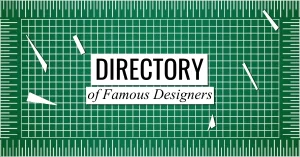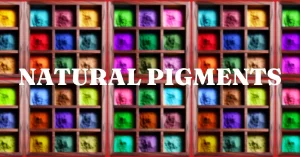In today’s fast-paced and competitive business world, it’s essential to stand out from the crowd. One of the best ways to do that is by creating a strong brand identity that resonates with your target audience. Branding is not just about a logo or a tagline – it’s about creating a comprehensive visual identity that reflects your brand’s values, personality, and mission. In this post about visual identity in branding design, we’ll explore the importance of using branding in design to create a cohesive visual identity.
Branding Design Vs Visual Identity
Brand Design: This is how the brand is presented and perceived by the audience. It is the corporate mission and vision statement, tagline, marketing methods and visual language that the company uses as tools to create a Brand Design.
Visual Identity: The logo, colours, illustrations and design styles, retail design, packaging and marketing collateral that the brand uses to identify itself to the audience.
Difference: Visual Identity is just one of the tools that a company uses to create a Brand Design. This means Visual Identity is a tool and Brand Design is the goal.
Similarities: Visual Identity and Brand Design are both used by a company to create its unique identity and stand out from the competition.
What is Branding in Design?
Branding in design refers to the process of creating a visual identity that represents a company or organisation. This identity includes elements such as logos, colour schemes, typography, imagery, and messaging that are used consistently across all marketing materials, including websites, advertisements, social media, and packaging. The goal of branding is to create a unique and recognisable identity that sets a company apart from its competitors and resonates with its target audience.
Why use Branding in Design?
Branding Creates Recognition and Trust
A strong brand identity helps to create recognition and trust among your target audience. When people see your logo, colour scheme, or messaging, they should immediately associate them with your brand. This recognition helps to build trust and familiarity, which can lead to increased loyalty and sales.
Branding Sets You Apart from the Competition
In a crowded market, it’s essential to stand out from the competition. A unique and recognisable brand identity can help you do just that. By creating a unique visual identity, you can differentiate yourself from competitors and establish a position in the market.
Branding Builds Emotional Connections
Branding is not just about creating a visual identity – it’s also about creating an emotional connection with your audience. By using consistent messaging and imagery, you can create a brand personality that your target audience can build an emotional connection to. This emotional connection can lead to increased loyalty and advocacy among your audience.
Branding Supports Marketing Efforts
A strong brand identity can support your marketing efforts by providing a consistent visual identity across all marketing materials. By using uniform messaging and imagery, you can create a cohesive and compelling brand story that supports your marketing goals.
How to use Branding in Design?
Define Your Brand Personality and Values
The first step in creating a cohesive visual identity is to define your brand personality and values. This includes understanding your target audience, mission, vision, and brand attributes. By defining these elements, you can create a brand personality that reflects your brand’s values.
Choose Your Visual Elements
Once you’ve defined your brand personality and values, it’s time to choose the visual elements. This includes your logo, colour scheme, typography, imagery, and messaging. When choosing your brand elements, consider your brand personality and values, as well as your target audience and market position.
Use Brand Elements Consistently
The key to creating a cohesive visual identity is to use your brand elements consistently across all marketing materials. This means using the same colour scheme, typography, imagery, and messaging on your website, social media, advertisements, and packaging. By using consistent branding, you can create a recognisable and memorable visual identity that sets you apart from the competition.
Grow Your Brand Identity Over Time
Your brand identity is not set in stone – it can evolve and change over time. As your business grows and changes, your brand identity should evolve with it. This may mean updating your logo, colour scheme, or messaging to better reflect your brand’s evolution over time.
Visual identity in branding design is essential for creating a strong visual identity that sets your brand apart from the competition that your target demograph can relate to.







0 Comments